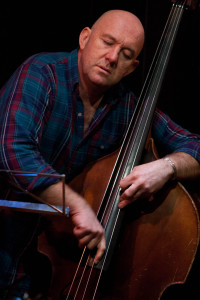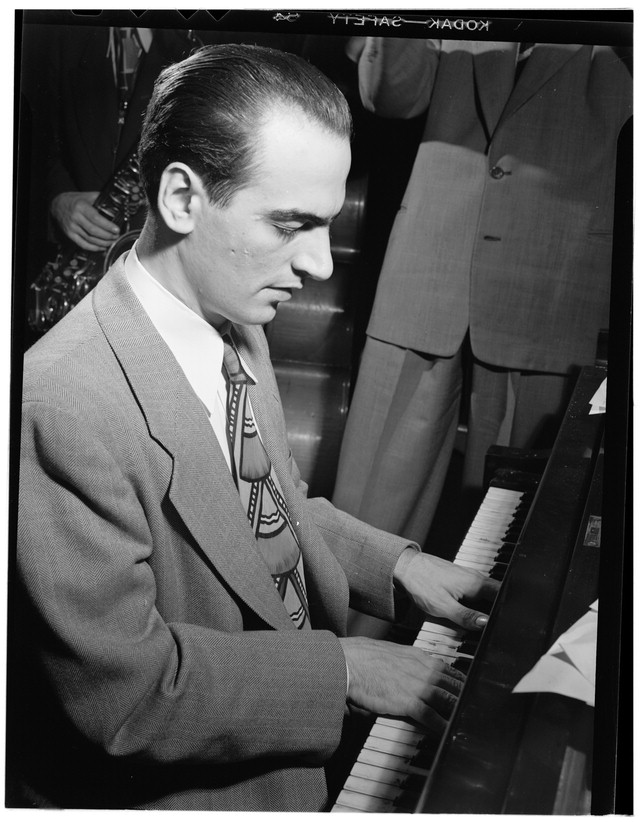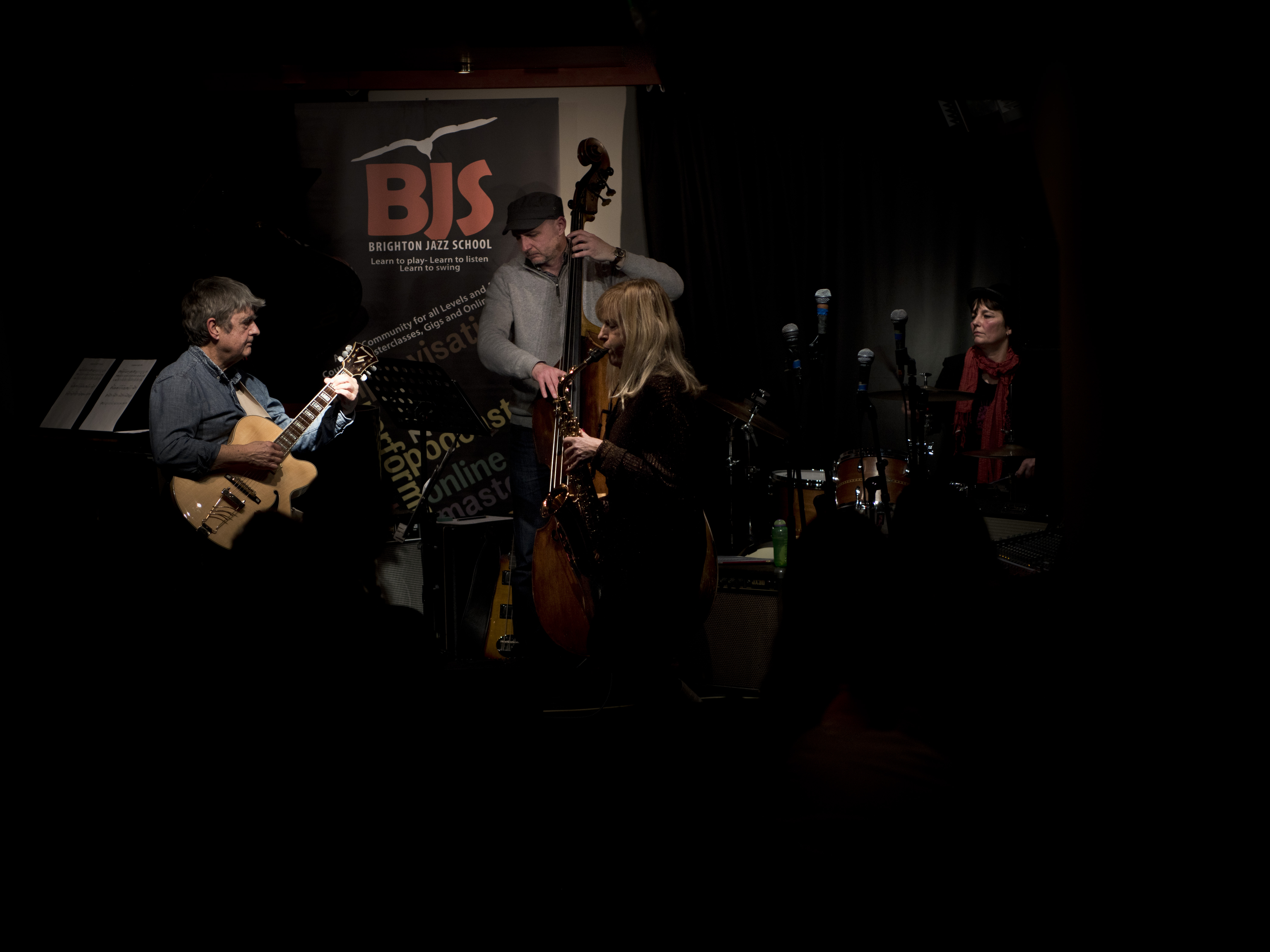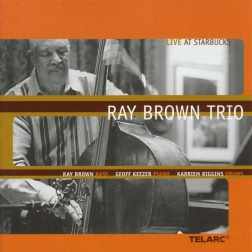Jazz Photography Tips from Mike Guest
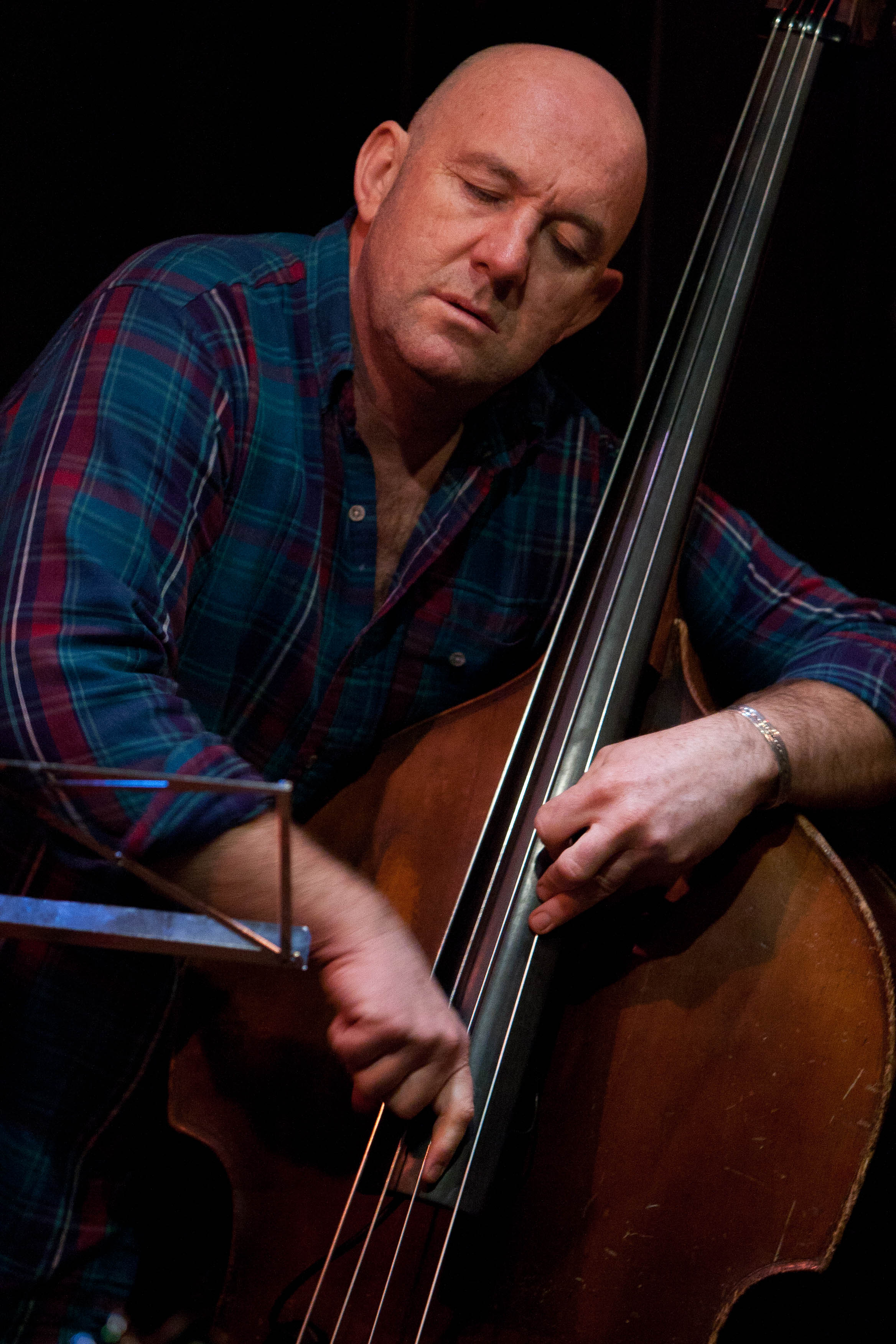
Experienced photographer Mike Guest gives tips to readers on how they can best photograph jazz musicians in their native habitat.
I think most dedicated photographers have this insatiable appetite for seeing and capturing the image wherever and whenever that might be. I have been behind a camera on and off for close on fifty years both as a professional and for my own pleasure in a non earning capacity and in the majority of instances the latter have been the most interesting and rewarding. I would like to share some of my hard learned knowledge in an attempt to help you get more out of your photography when shooting musicians yourself.
Please don’t get all geeky and obsessed over equipment and cameras. Cameras don’t take photographs, photographers do that. The camera is merely a tool used to record the unique moment in time and most of them will do that job, which brings me to my second point.
The moment in time is possibly the most crucial element in any photographic creation, miss that moment and the shot will never exist. This reminds me of the press photographer who returned to the editorial office with the news that he had nearly, but not quite, captured an amazing scoop photo for the newspaper. To which the editor replied: “Then you nearly but not quite had a job to come back to!”
Photograph comes from the Greek photos (ϕοτοσ) and graphos (γραοσ) which roughly translated means light writing, so light is the other crucial element in this process. You need some light to record the event and a critical moment (in time) at which to record it. This might be a 1000th of a second or less but that moment will be like no other before or after.
Sorry for the long winded preamble but I earnestly hope that you will take these nuggets of wisdom to heart and keep them close whenever or wherever you end up taking photographs.
Right, back to the task in hand, taking photographs of musicians in their natural habitat. Well if that’s what you were hoping to do then you have bitten off a mighty big chunk because these jazz musicians tend to lurk around in dim and dark places thus depriving us of one key element in the photographic process, light! It’s tough. So how can we cope with the situation? Whoever shouted out “Throw some more light on the subject”, go to the back of the class. We need to retain the feeling and look of the subject. Any extra lights would kill the atmosphere stone dead!
OK, in that case how can you get a decent exposure? Two solutions immediately spring to mind, one is to use a slower shutter speed or wider aperture than normal and the other is to use a faster (more sensitive) film speed. At this point you are probably scratching your head wondering what the hell I am talking about. You have a sexy little compact camera that is fully auto, you have never had to worry about any of this. You just press the button and it takes the picture. That’s fine and indeed works well for 95% of situations out there in the sunshine but you have chosen to dig into one of the most hostile photographic environments there is!
If you have a fully specified SLR camera with interchangeable lenses and all the bells and whistles then you are in a good place from the outset. If on the other hand you have a compact auto point and shoot camera then you need to dive into the menu and look for the [MANUAL] setting. once in Manual mode you will have the ability to change the shutter speed and aperture (the size of the hole in the lens that lets in light) and looking at the display on the back of the camera you will be able to watch the image appear out of the gloom before your very eyes. You are now in control of the situation.
A couple more quick tips, be sure to take a white balance reference image (a bit of white paper perhaps) at the start of any shoot, If you don’t, all your images will come out orange! You are no longer in auto mode so you will also be deprived of auto white balance. Grab the user manual for your particular camera and check out how to do this. Different cameras have different ways of achieving Custom White Balance but it’s an absolute must.
Secondly you will soon notice that, in order to let in more light during the exposure, your shutter speed has now dropped to a ridiculously slow setting and as a consequence you will be prone to loads of camera shake blur. In order to still capture sharp images in this state you will definitely need to brace yourself against something immovable before firing the shutter. An elbow on a table or leaning up against a wall or pillar, two solutions frequently employed by myself. Don’t even think about using a tripod! This is not a camera club outing, you are ducking in and out up and down in a room packed with other people all intent on listening to the music and they won’t thank you for interfering with that pleasure!
With this in mind you should always check with the management that photography is in fact allowed, some venues forbid it. Try taking a photo in Ronnie’s and see how long it takes for them to show you the door! Then again a lot of places have an arrangement whereby photographers are permitted to do the business for the first couple of numbers and must then keep out of the way.
Lastly, and without wishing to get geeky I suppose I should give you just one or two tips on equipment. If you are using a phone for photography then you are on your own. I have never used such a device ‘in anger’ for this kind of work so I can’t help. If you have a point and shoot automatic then I have already given you the best advice for coming out on top. Do read the section on working in Manual Mode for your particular camera, the information will be invaluable. And finally, if you have an SLR then I would suggest investing in a decent fast telephoto lens. You will be able to get close up and personal with your subject in conditions where you might be stuck way back from the performer.
I think that is pretty much all I want to say on the subject except to encourage you to always look for something a bit special and different in your work, a low angle looking up perhaps? I have even shot the band from behind looking out into the auditorium for something a bit different. Think about expression, composition and mood and when you get that funny feeling inside that the shot has everything in place then squeeze that shutter! That said, I don’t want to put ideas into your head, this is a creative process, it’s very personal and will hopefully reflect your own unique perspective on the subject.
Good luck and happy hunting!
Mike Guest
This article appeared in issue 3 of SJM, published 30th September 2013.
Photo of Nigel Thomas by Mike Guest.
